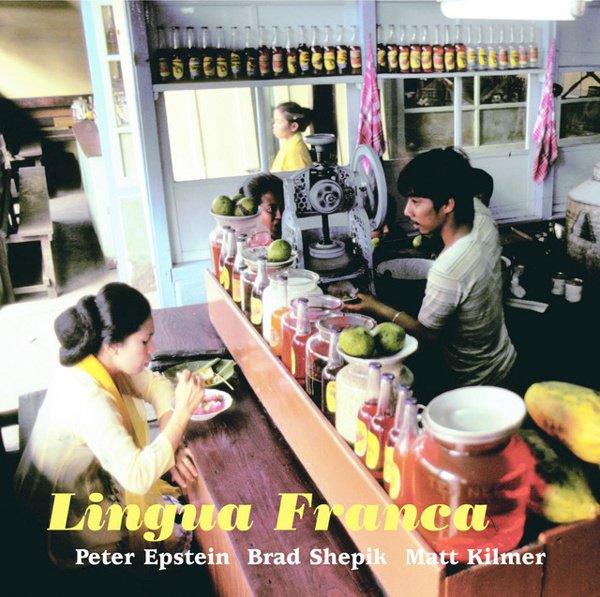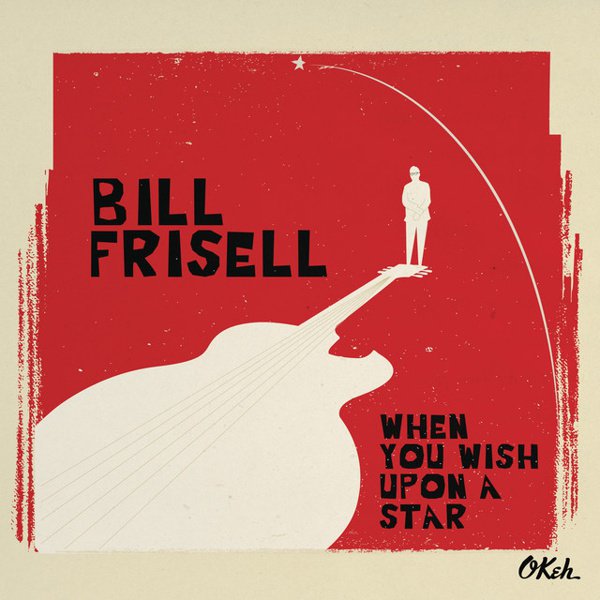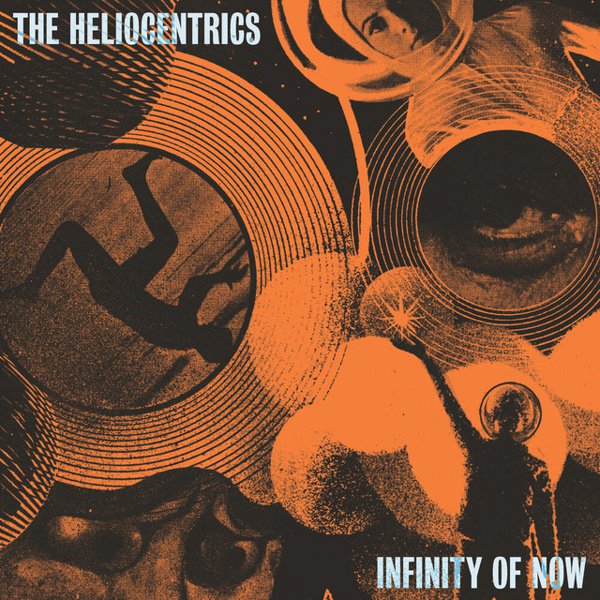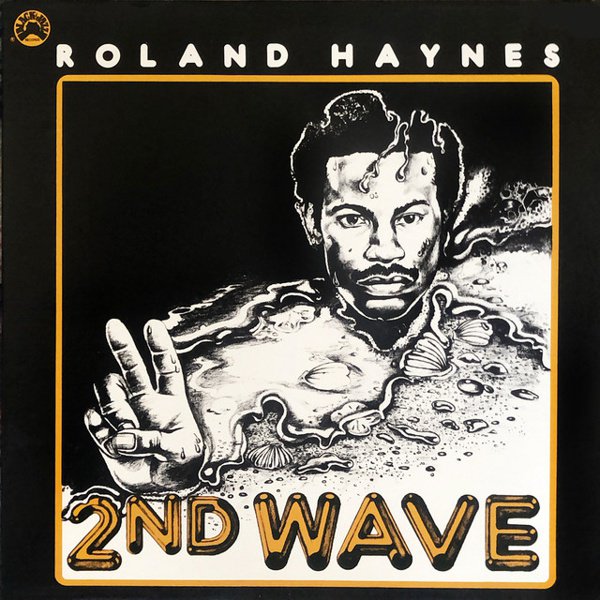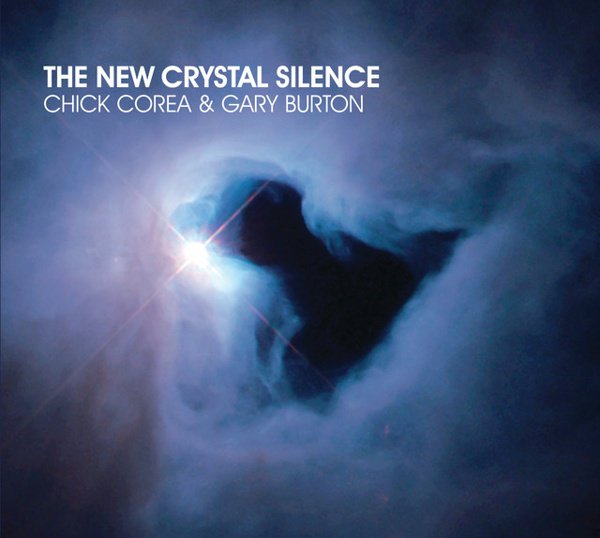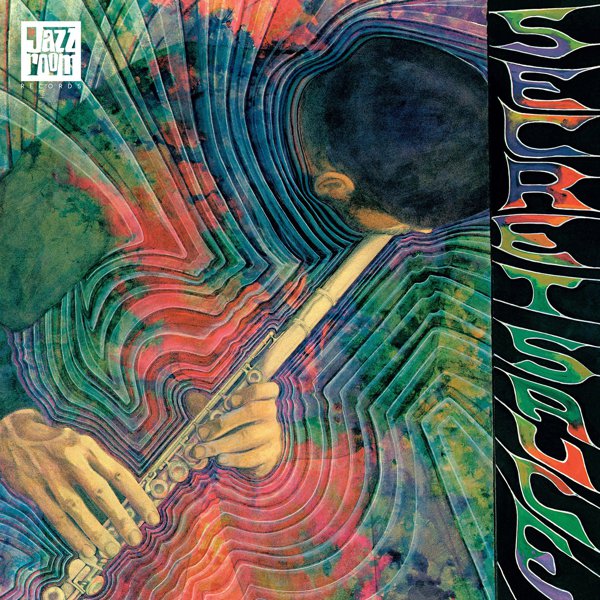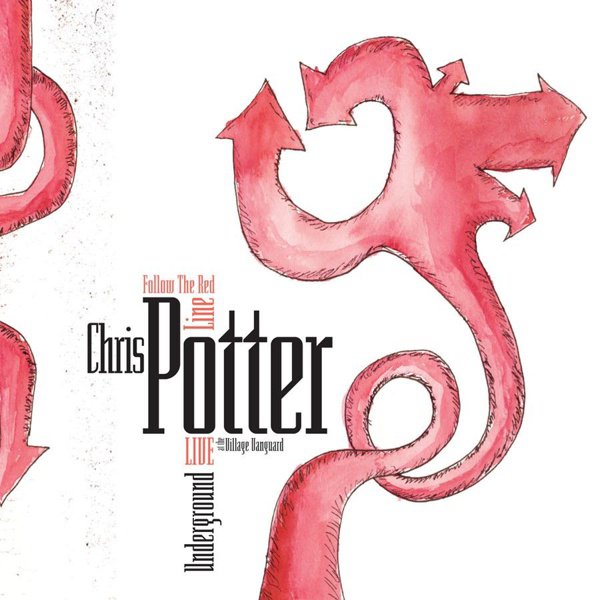Faces in Reflection
There are usually two ways George Duke is regarded by casual music-history narratives: as an integral member of Frank Zappa’s band in the first half of the ’70s, and a massive crossover soul-jazz hitmaker in the second. But the bandleader albums Duke cut in the bridging phase between these two periods hold some of his most fascinating work — starting with this heavy fusion set for the MPS label that brings a ton of force from a simple trio. (Duke’s on the keys and, on “Capricorn” and “Faces in Reflection No. 2,” gives his almost hypnotically smooth hush of a voice an early spotlight; bassist John Heard and drummer Leon Ndugu Chancler provide the endlessly mutable rhythm.) By this point in his career, Duke has mastered the ability to play with an explosively expressive, sometimes even overwhelming virtuosity that doesn’t sacrifice direct emotional contact; you could say that he out-and-out shreds on cuts like “The Opening” and “Da Somba” (which shift amazingly from Rhodes piano to ARP 2600 almost like he’s making a more-synths-in-jazz mission statement), but it’s not hard to hear the joy and the excitement that fuels that edge-of-frenetic soloing. Heard and Chancler prove to be nearly as incendiary — they fill the “power trio” bill every bit as much as any hard rock three-piece — and they use every last bit of their prowess to infuse fusion colossi like “Psychosomatic Dung” and Brazilian-touch pieces like “Da Somba” and Milton Nascimento’s “Maria Tres Filhos” with an outer-reaches funk that cracks open a waterfall jackpot of momentum. And on his own, Duke’s expressiveness finds beauty in both tradition and futurism — check out the brief first-half “Piano Solo” pieces to hear him hold court in both modes — though when he lets his synthesizer infatuation run its freest on solo showcase “North Beach,” it starts sounding less concerned with time and posterity and more immersed in the untapped promise of new-for-’74 sounds that almost none of his predecessors (and very few of his successors) were able to make sound so noisily, chaotically pretty.


